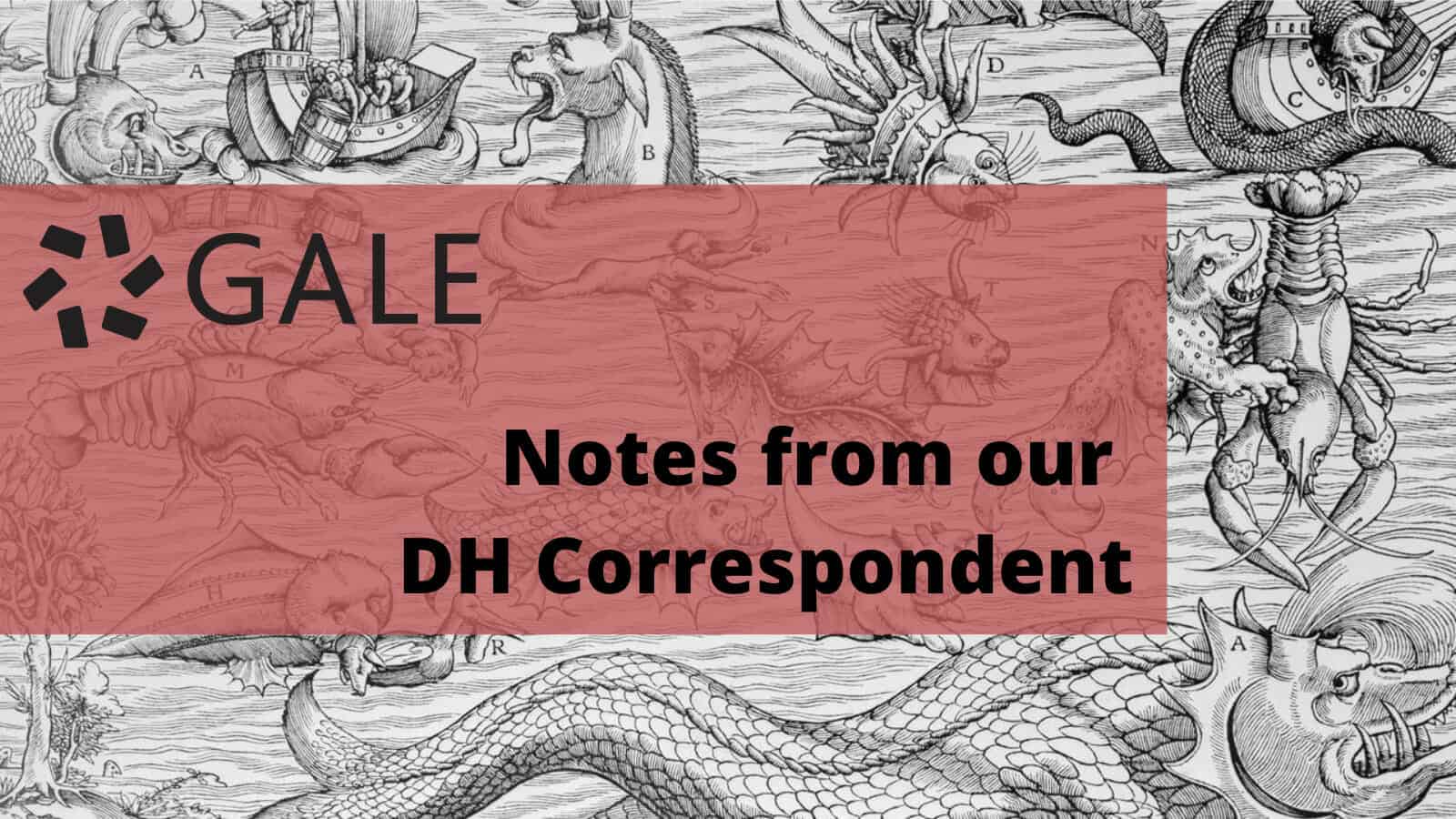│By Sarah L. Ketchley, Senior Digital Humanities Specialist, Gale│
This dataset post is a follow-up to Working with Datasets, a Primer which discussed text datasets of primary sources and explored how to access and work with them in Gale Digital Scholar Lab. Here, we’ll look at the topics of the first eight datasets in the Lab in more detail, the types of documents included in each set, and consider how a user may work with them for analysis. Our next blog post will showcase classroom-based use of the Lab’s datasets as an introductory pathway into the field of digital humanities.
The First Eight Datasets in Gale Digital Scholar Lab
Datasets of Gale Primary Sources text documents will be released at regular intervals; to date there are eight in the Lab which cover a variety of topics and document types. Each dataset contains around 200 documents of OCR text, which a user can work with in the Lab, or export to analyse using external tools. The datasets are small enough to be able to gain an understanding of their content, while still containing enough documents to allow for interesting analysis results. The datasets can be considered a starting point to learn about workflow in the Lab, or for learning about the specific topics each dataset covers. Once a user has clicked ‘get a copy’ of any dataset, the collection will appear in the ‘My Content Sets’ section of the Lab for further curation (adding/removing documents) as appropriate.
This blog post provides contextual background information for the eight topics and can be used as a brief subject orientation. The content will be supplemented as more datasets are added to the Lab.
Watergate in News Editorials Dataset
This dataset contains a range of editorial commentary on the 1972 Watergate scandal, which led to the downfall of President Richard Nixon. A break-in at the Democratic National Committee headquarters in the Watergate complex in Washington DC exposed illegal activities that included wiretapping, burglary and a government-wide coverup.
The 251 newspaper editorials in the dataset come from both US and European sources and were written between 1972 and 1975. They give a range of perspectives on the events as they unfold. Tools to consider include Sentiment Analysis, to track how sentiment towards President Nixon changed over time.
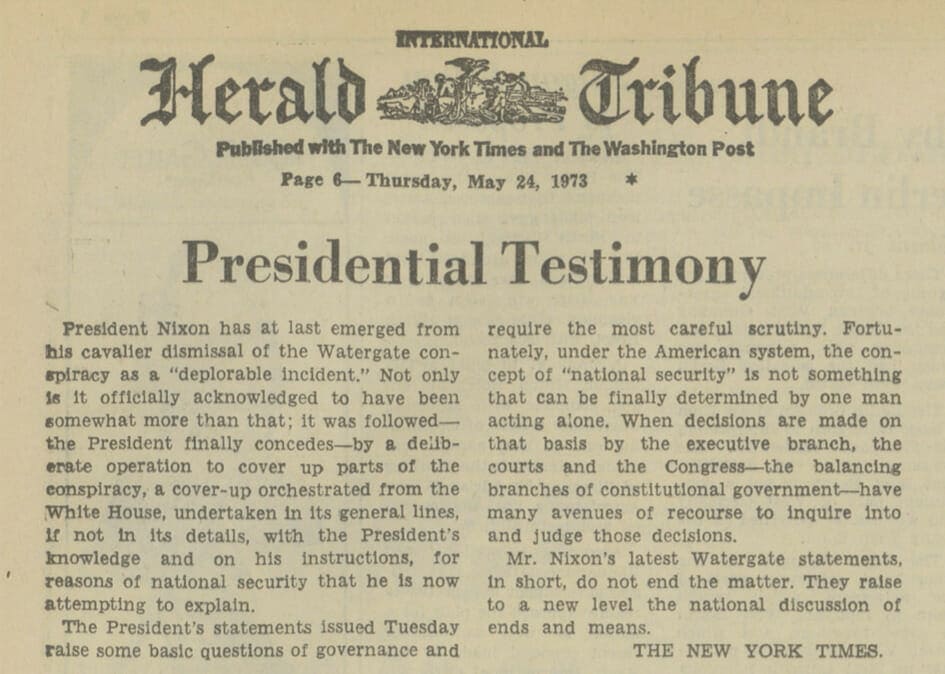
Watergate: Declassified Dataset
The Watergate: Declassified dataset comprises 184 government records of the ongoing FBI investigation of the Watergate Scandal between late 1971 and 1979. The material was gathered from U.S. Declassified Documents Online and represents a range of memos, letters, and reports between governmental agencies about Watergate events. Ngrams or Topic Modelling could be used to discern prevalent themes or words used by inter-governmental agencies as they navigated the scandal.
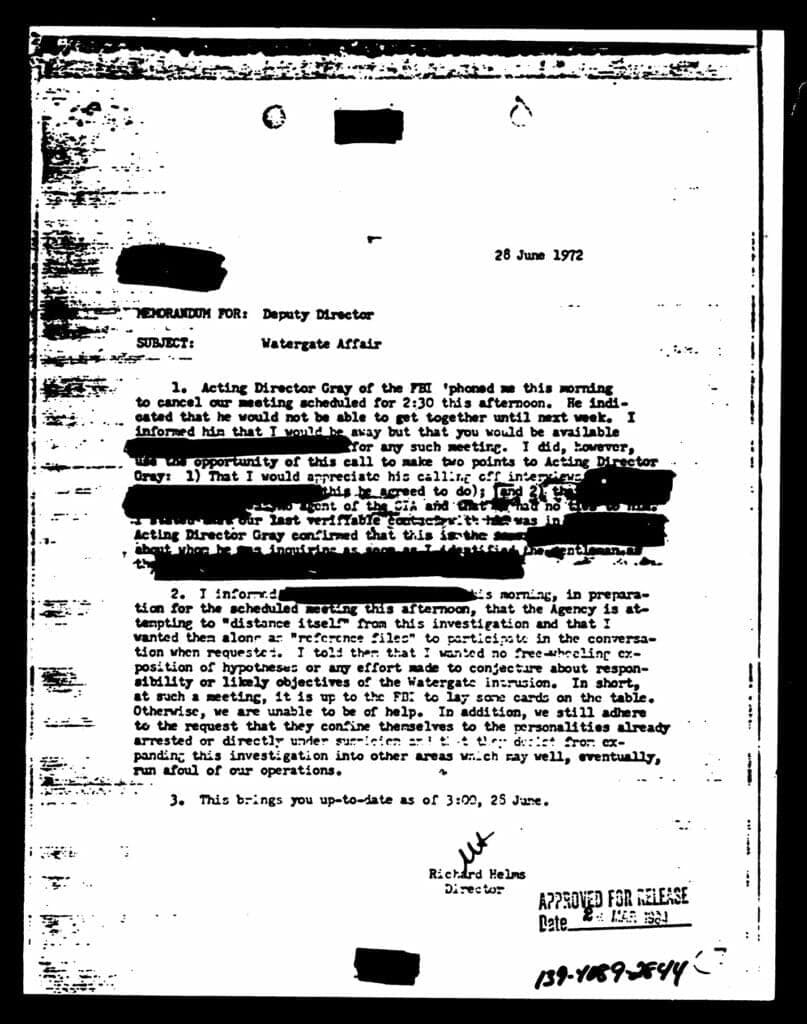
Suffragettes Dataset
In the early 1800s, women around the world began to advocate for a range of societal and political changes, including their right to vote. In the UK, this movement was sparked by the Reform Act of 1832, which explicitly stated women were not entitled to this right. Outraged, women in the UK took a stand and began to protest in various ways; they were often met with a great deal of resistance. This dataset of 200 documents covers a particularly active period between 1906 and 1912, sourced from The National Archives at Kew. Sentiment Analysis could be used to tease out the prevailing feelings towards protesters, and the words they used to present their case.
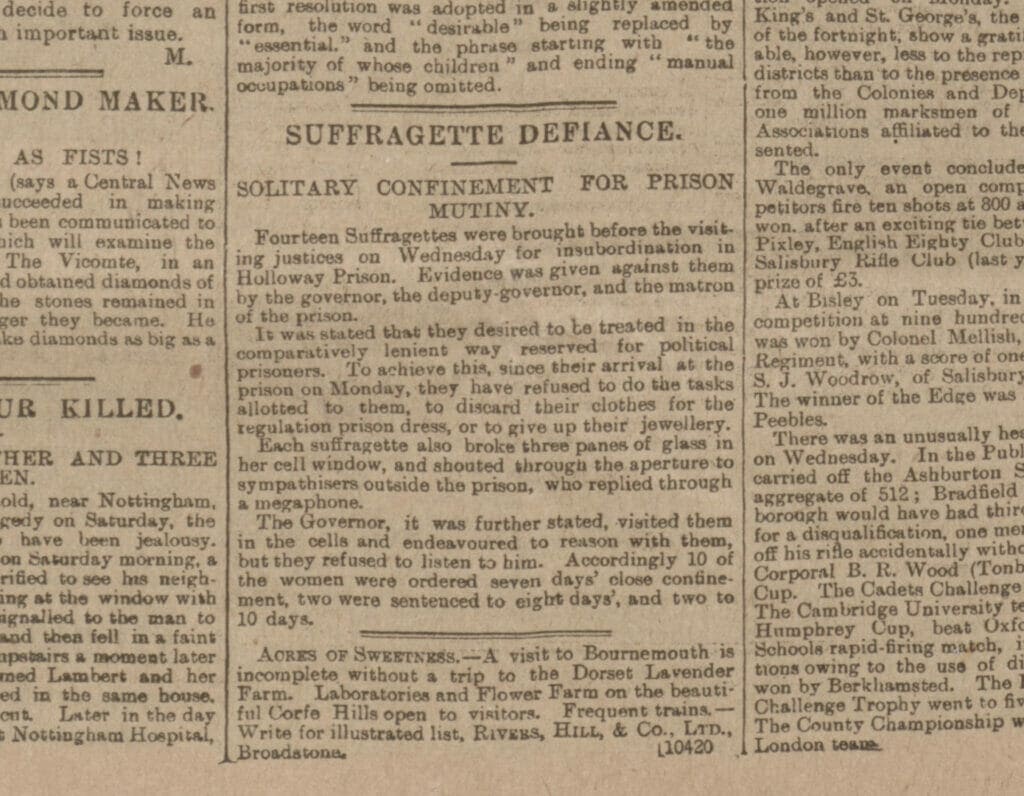
Stonewall Riots Dataset
The series of protests and clashes that occurred in June 1969 in New York City came to be known as “The Stonewall Riots,” after a police raid on the Stonewall Inn, a popular gay bar in the Greenwich Village neighborhood. Patrons fought back, and the protests continued for several days, with activists and allies demanding an end to police harassment and discrimination against LGBTQ+ people. The riots are seen as a turning point in the fight for LGBTQ+ rights and sparked a broader movement for equality and visibility. Today, the Stonewall Inn is recognized as a national historic landmark and is widely considered a symbol of LGBTQ+ resistance and resilience.
This dataset comprises 142 documents ranging in date between 1967 and 1972. There are a wide variety of document types and sources, which can be a starting point to kick-start further data curation in the Lab, and investigation of themes using Topic Modelling and Document Clustering.
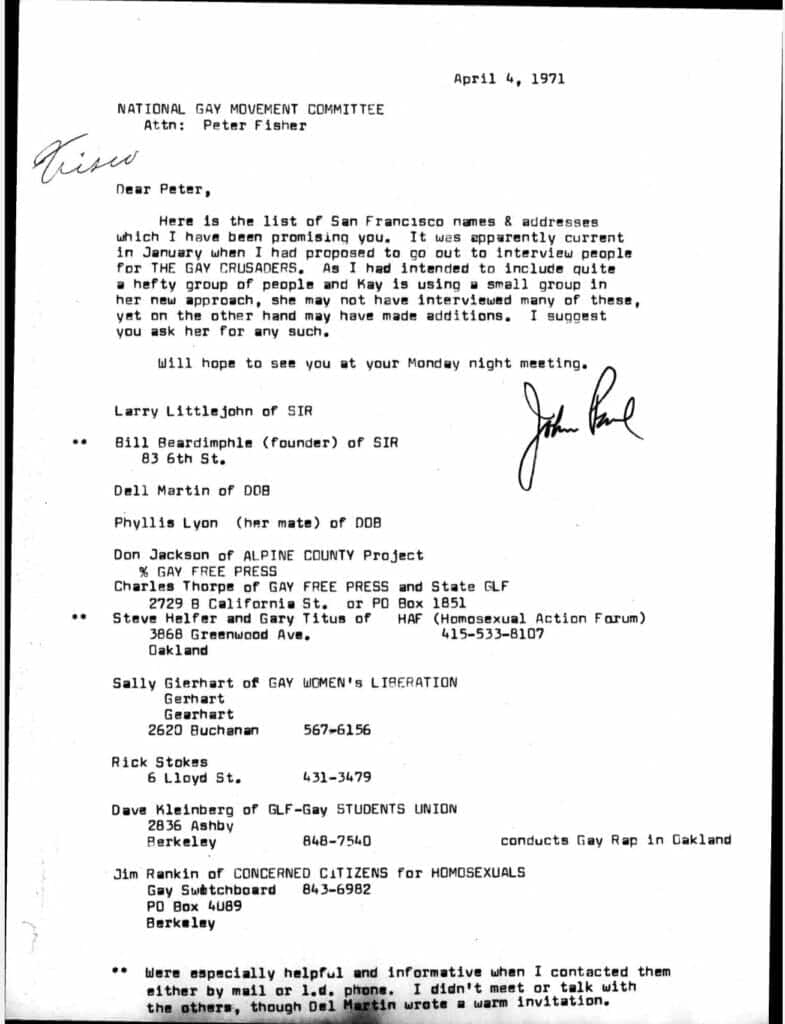
The Murder of Olof Palme Dataset
On February 28, 1986, Olof Palme, the Prime Minister of Sweden, was killed by a single gunshot while walking home from a movie theatre with his wife. This dataset comprises 206 documents, primarily newspaper articles, that tell the story of unsuccessful attempts to identify the assassin. The first man convicted of the crime was later unanimously acquitted by the Court of Appeal, and a 2020 announcement that the assassin was a man who had died 20 years earlier has provoked controversy. Named Entity Recognition could be used to identify key protagonists in the narrative, while Sentiment Analysis could gauge prevailing feelings about the shooting and its lengthy aftermath.
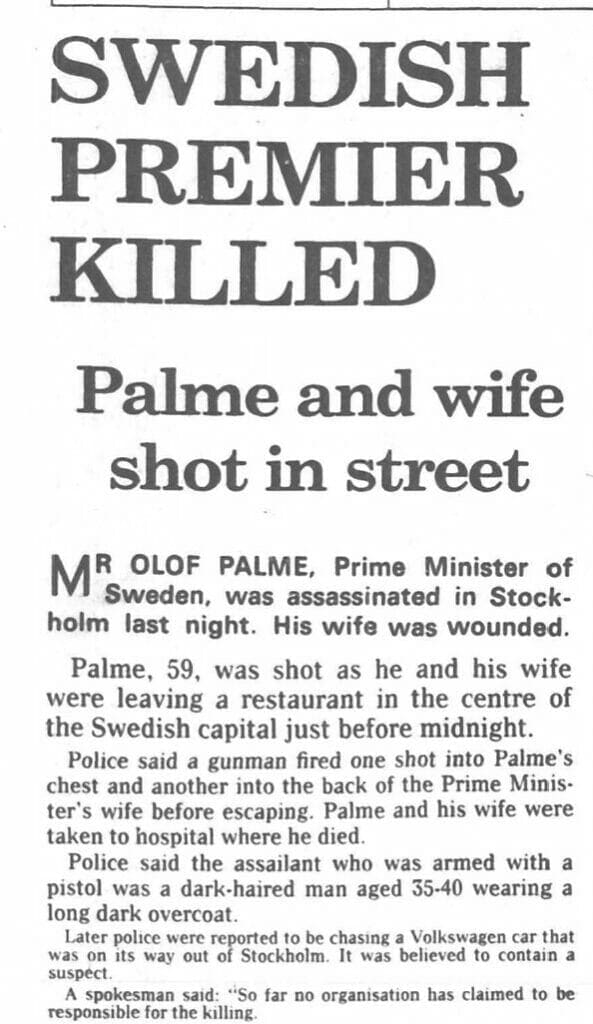
The Boxer Rebellion Dataset
Between 1899 and 1901, the so-called Boxer Uprising unfolded in Northern China. It was a revolt against the spread of Western and Japanese culture in China. The rebels were referred to as “Boxers” because they trained in a certain style of boxing and performed rituals that they believed made them invincible. The rebels burnt down foreign property and killed foreigners and Chinese Christians. The Boxers took over present-day Beijing until international forces subdued the uprising. The rebellion officially ended in 1901 and China was forced to pay $330 million in reparations.
This dataset covers the period between 1898 and 1907 and contains a broad range of 111 documents to explore differing views of the Rebellion and its aftermath. Named Entity Recognition could be used to identify dates and places of conflict, along with the names of those involved. This information can be used as the basis for a narrative timeline or map.
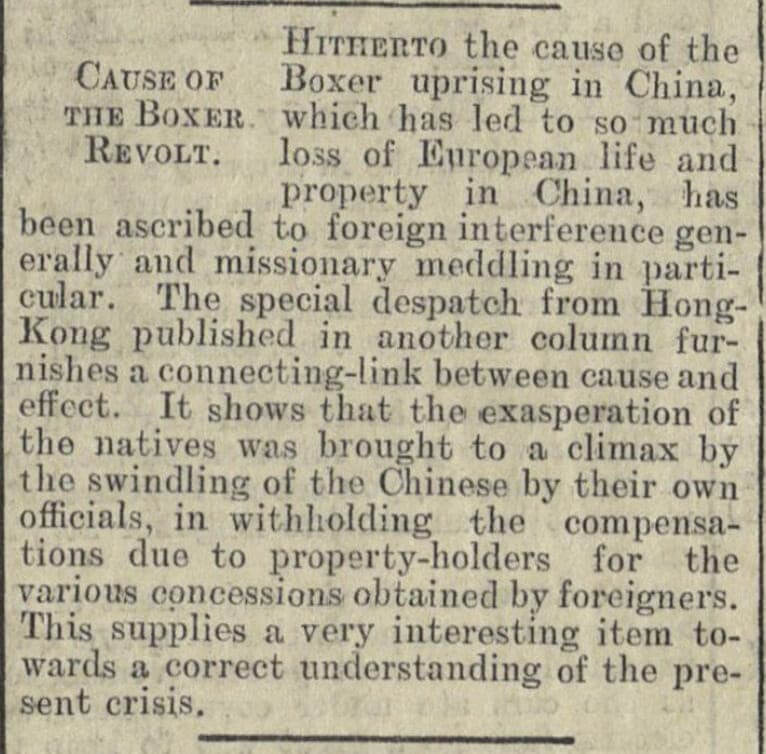
Roberto Calvi Dataset
Roberto Calvi was Italy’s most powerful private banker, who earned the nickname “God’s Banker” based on his close ties with the Vatican. He was President of Banco Ambrosiano, which collapsed amid political scandal in June 1982; Calvi was discovered hanged under a bridge in London later that month. The initial suicide verdict prompted controversy, and Calvi’s family succeeded in having this verdict overturned. The second inquest returned an open verdict, but his family believed that he had been murdered. Calvi’s body was exhumed in 1998 and further tests carried out – in 2003 the case was re-opened as a murder inquiry, and five suspects were identified in 2005, although all were eventually acquitted.
This dataset contains 210 documents from 1982 and 2005. The texts are primarily newspaper articles from a range of newspapers, mostly British publications, and provide an opportunity to explore the unfolding of the Calvi story, which could again be told using a combination of Named Entity Recognition analysis and mapping.
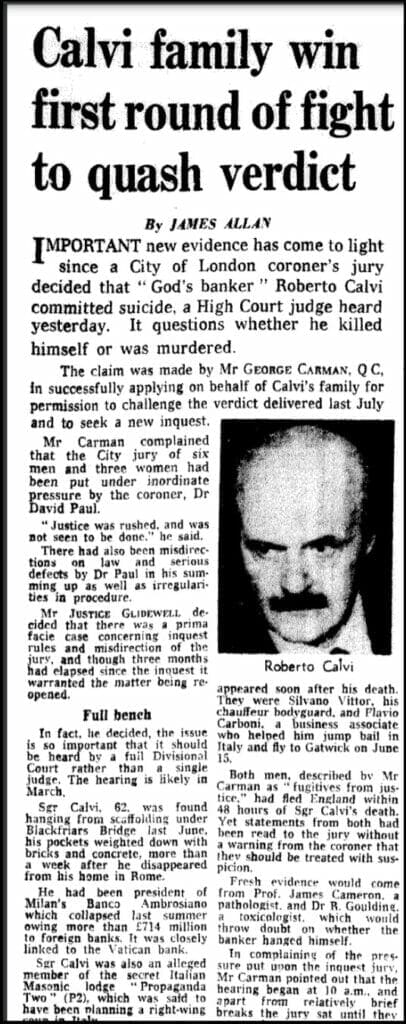
Slavery and Abolition: Sojourner Truth Dataset
This dataset contains 214 documents about the nineteenth-century Abolitionist, Sojourner Truth, who dedicated her life to creating a more equitable society for African Americans, and for women. She is famous for her advocacy and speeches, including “Ain’t I A Woman.” This dataset is mostly newspaper articles capturing her speeches and reactions to them, and details of her life as reported in contemporary media. Parts of Speech or Ngrams analysis could provide interesting insights into her choice and use of vocabulary, while Topic Modelling or Clustering could identify prevalent themes running through the corpus of documents.
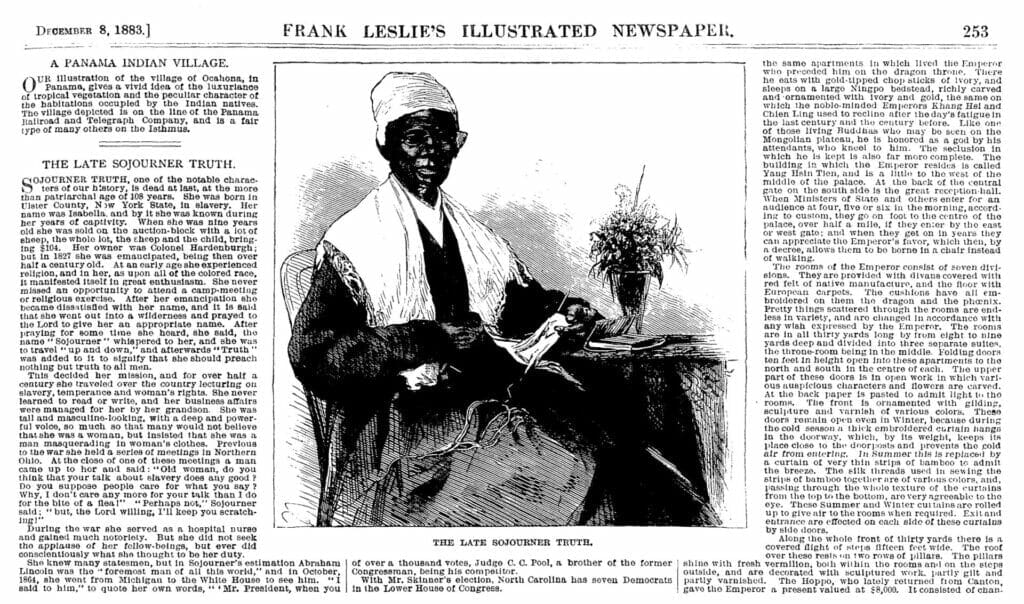
The Chance to Experiment with a Range of Data
This initial collection of eight datasets offers Gale Digital Scholar Lab users an opportunity to experiment with a range of data covering diverse topics. Providing pre-curated material kick-starts the research and analysis process and offers an opportunity to experiment with cleaning, downloading, and adding/removing documents to and from an existing Content Set.
Look for the next ‘Notes from our DH Correspondent’ blog post on using datasets in a classroom, and our next collection of datasets which includes collections about The Triangle Shirtwaist Fire, and Indigenous Leaders.
If you enjoyed reading this post, check out the others in our ‘Notes from our DH Correspondent‘ series, including:
- Birds of a Feather, Work Together – Gale Digital Scholar Lab: Groups
- King Tut and Digital Humanities: A Pedagogical Case Study
- Working with Datasets, A Primer
- A Global Community: Learning and Networking Opportunities for Digital Humanists
- The Value of Cross-Disciplinary Partnerships in the Digital Humanities Classroom

